This article was co-authored by Luigi Oppido. Luigi Oppido is the Owner and Operator of Pleasure Point Computers in Santa Cruz, California. Luigi has over 25 years of experience in general computer repair, data recovery, virus removal, and upgrades. He is also the host of the Computer Man Show! broadcasted on KSQD covering central California for over two years.
wikiHow marks an article as reader-approved once it receives enough positive feedback. In this case, 100% of readers who voted found the article helpful, earning it our reader-approved status.
This article has been viewed 149,018 times.
Grounding yourself is the process of removing excess voltage or charge from an object so you can protect yourself against electric shock, especially when working with electronics, machines, and other objects that increase the risk for electrical accidents. There are several ways to ground yourself safely when working with computers and electronics, and to reduce static electricity in your home or office.
Steps
Working With Computers and Electronics
-
1Set up your workspace in an area without rugs or carpet. This helps greatly reduce the incidence of electric shock. If working on a bare floor is not an option, consider applying a light coating of anti-static spray to the rug or carpet prior to handling electronics.
-
2Keep pets away from your workspace. Pets with hair such as dogs, cats, and ferrets can increase the risk for electric shock if they come into contact with you or your electronics.Advertisement
-
3Work in an environment with humidity levels between 35 and 50 percent. Static electricity buildup occurs most frequently in dry, cold environments.
-
4Remove trash and other unnecessary items from your workspace. Items such as paper, plastic bins, and cellophane can all generate static when being moved around on your desk or workspace.
-
5Touch a grounded object before starting work on your computer or electronic device. A grounded object is something that has a direct conductive path to the earth, such as a water pipe, wall, or wood table. When working with computers, the most ideal way to ground yourself is to touch the exterior metal box of your computer's power supply before unplugging the machine.
-
6Wear an anti-static strap or wristband. This device prevents static buildup by tethering you directly to your computer so the charge is shared, and discharging cannot occur.[1]
- Wrist straps come with an alligator clip that creates a ground.
-
7Stand on an anti-static mat when working on your device. These types of mats, also known as ESD or grounding mats can help prevent electric shock. [2]
-
8Verify your computer is unplugged or turned off before working on its components. This prevents any electric currents from running through the machine as you work.
-
9Handle all components by their edges when installing and removing them from your machine. Electricity is normally transmitted via exposed pins, connectors, and circuitry located away from the edges of CPU and components.[3]
Grounding Yourself Using General Techniques
-
1Increase humidity levels in your environment. Dry, cold environments with low humidity levels generate a higher level of static electricity. Consider using a humidifier in your home or office to achieve between 35 and 50 percent humidity.
-
2Avoid wearing clothing made from wool and synthetic fabrics. Wool and synthetic fabrics such as polyester, rayon, and spandex are more prone to rub together and create friction and static electricity. [4]
-
3Keep your skin and hands moisturized. Dry skin causes static buildup, and can even cause your clothing to rub against your skin repeatedly. Drink plenty of water, and apply lotion or moisturizer to your skin as needed to prevent and treat dryness.
-
4Touch a metal object using another metal object to release static discharge. This allows sparks from the discharge to affect the metal object, and not your skin. For example, touch a doorknob using a key instead of your hand at first to lower the risk for electric shock.[5]
Warnings
- Always take steps to ground yourself prior to upgrading and working on computers, CPU, and other electronic devices. Failing to ground yourself can result in life-threatening electric shock, and can also permanently damage your computer and its components.⧼thumbs_response⧽
References
- ↑ http://www.pcadvisor.co.uk/how-to/pc-components/how-ground-yourself-before-touching-cpu-3579668/
- ↑ http://www.computerhope.com/esd.htm
- ↑ http://blog.macsales.com/2225-discharging-static-electricity-for-safe-computer-upgrading
- ↑ http://www.sciencemadesimple.com/eliminatestaticelectricity.html
- ↑ http://www.electronicsteacher.com/succeed-in-physical-science/static-electricity/controlling-static-electricity.php
About This Article
If you have to work with electronics or machinery, make sure to ground yourself to reduce your risk of an electrical accident. To reduce the incidence of electric shock, choose a workspace without rugs or carpet, and keep away pets with hair, like dogs, cats, or ferrets. Because static electricity builds the most in dry and cold environments, try to keep the humidity level between 35 and 50 percent, and keep your skin and hands moisturized. If you're working with a computer, ground yourself by touching the exterior metal box of your computer's power supply before you unplug it. You can also prevent the buildup of static electricity by wearing an anti-static strap or wristband, or by standing on an anti-static mat. Then, make sure that your computer is unplugged and that you hold all the components by their edges. For more tips, including how to release static discharge, read on!
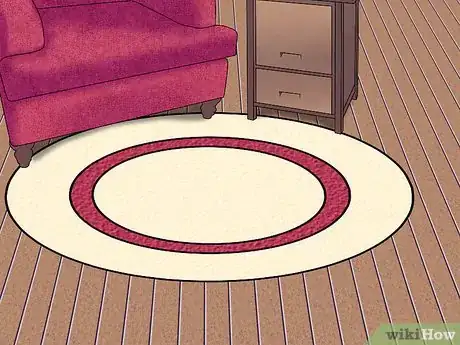

-Electric-Shock-Step-4-Version-2.webp)

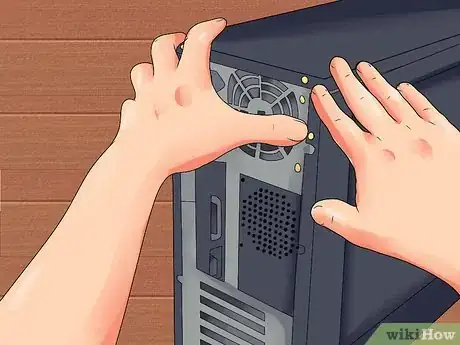
-Electric-Shock-Step-3-Version-2.webp)

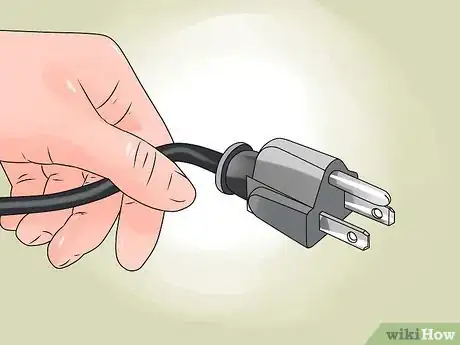
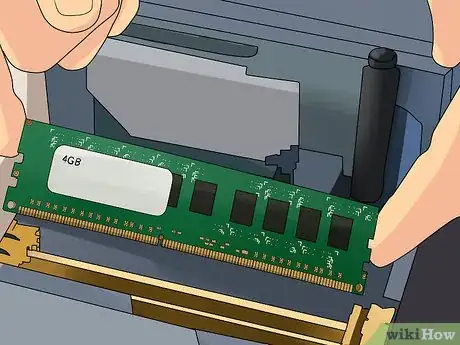


-Electric-Shock-Step-7.webp)
-Electric-Shock-Step-8.webp)
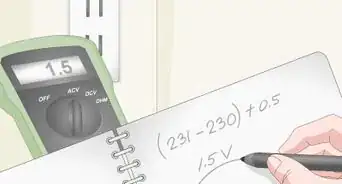

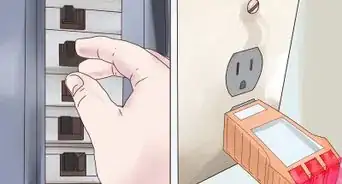






-Step-6-Version-2.webp)




















































